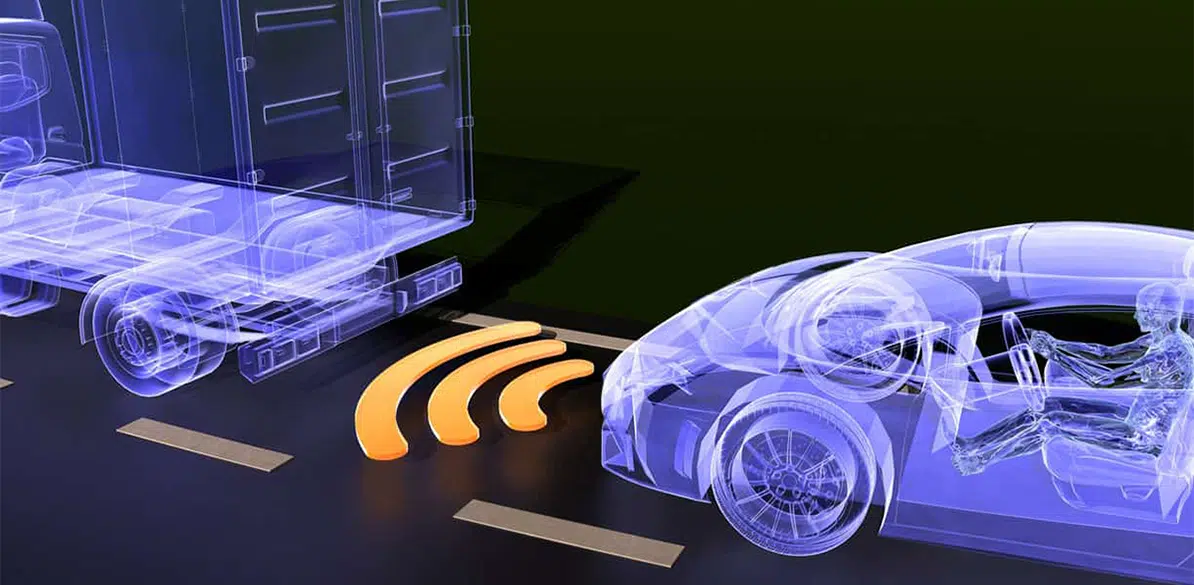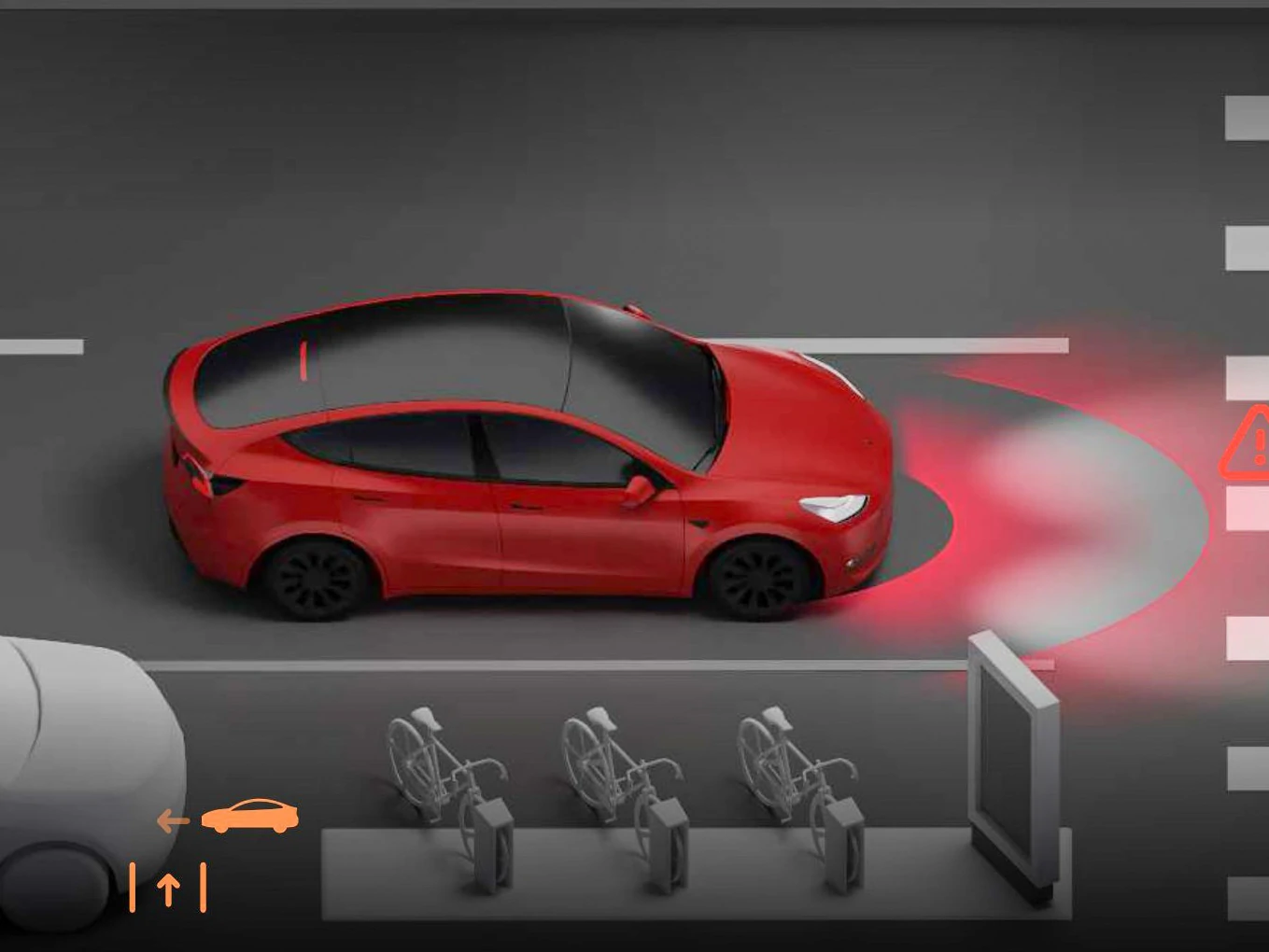In a split second, an emergency on the road can turn a routine drive into a panic. Whether it’s a car running a red light, a deer jumping into the road, or a sudden change in traffic, your reaction can be the difference between a close call and a serious accident. While the instinct is to slam on the brakes, the most effective way to stop and maintain control depends on your vehicle’s technology and the road surface beneath your tires.
The Golden Rule of Modern Braking (with ABS)
If your vehicle was manufactured in the last 20 years, it almost certainly has an Anti-lock Braking System (ABS). Understanding how to use it in an emergency is the most important braking skill you can have. ABS prevents your wheels from locking up, which allows you to maintain steering control while braking hard.
- The “Stomp, Stay, and Steer” Method:
- STOMP: Slam your foot down on the brake pedal as hard and as fast as you can. Don’t hesitate.
- STAY: Keep your foot firmly on the pedal. Do not pump the brakes.
- STEER: While keeping the pedal pressed, steer around the obstacle. The car will respond to your steering input because the wheels have not locked up.
When ABS is engaged, you will feel a rapid pulsing or vibration in the brake pedal, and you may hear a grinding or rattling sound. This is completely normal and a sign that the system is working.
Emergency Braking for Different Road Conditions
Your braking technique is only as good as the traction your tires can get. The road surface plays a critical role.
- Dry Pavement: This is the ideal scenario. Follow the “Stomp, Stay, and Steer” rule. On a dry road, you will achieve your shortest possible stopping distance.
- Wet or Rainy Roads: The key here is to anticipate a longer stopping distance due to reduced traction. Brake firmly but smoothly. ABS is your best friend in this situation, as it will prevent hydroplaning and a total loss of steering control.
- Snow and Ice: These conditions offer extremely low traction. You must be gentle with all inputs. Even with ABS, a light foot on the brake is necessary to avoid a slide. The ABS will kick in quickly, but it can only do so much on a slick surface.
- Gravel or Loose Surfaces: This is where the ABS “stomp” technique can be counterintuitive but highly effective. On a loose surface, the ABS will momentarily allow the wheels to lock up to create a small “mound” of gravel or dirt in front of the tire. This mound acts as a physical wedge, significantly helping to slow the vehicle down.
What if Your Vehicle Has No ABS?
For older vehicles without ABS, the technique is different and requires more skill. The goal is to apply maximum braking force without locking the wheels.
- The “Threshold Braking” Method: Instead of stomping the pedal, you must apply firm, steady pressure, just short of a wheel lock-up. If a wheel locks, you must quickly release the pedal pressure and then reapply it. This is a difficult skill to master, especially in an emergency.
- Crucial Note: Never “pump” the brakes if your car has ABS. This is an outdated technique that will confuse the ABS system and significantly increase your stopping distance.
The Most Important Rule of All
No matter the road conditions or your vehicle’s technology, there is one rule that can save your life: Look where you want to go. Your car will naturally steer in the direction of your focus. If you stare at the obstacle, you will likely steer into it. Therefore, in an emergency, look for the escape path or the space you want to go to, not the object you want to avoid.
Conclusion: Know Your Car, Know the Road
Ultimately, the ability to handle an emergency braking situation effectively comes down to knowledge and preparation. By understanding your vehicle’s braking technology and the best practices for different road conditions, you can turn a moment of panic into a controlled, safe stop.




